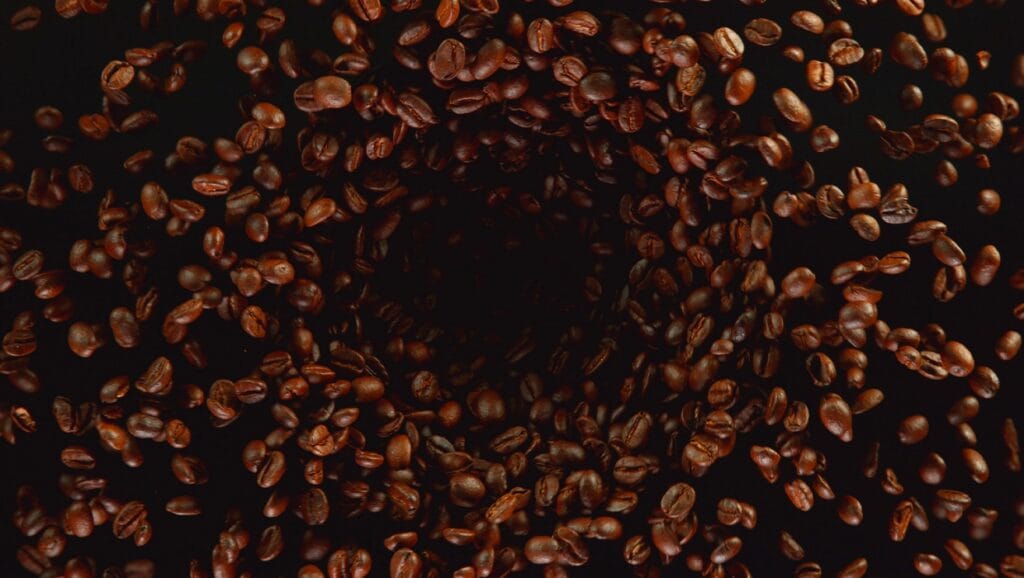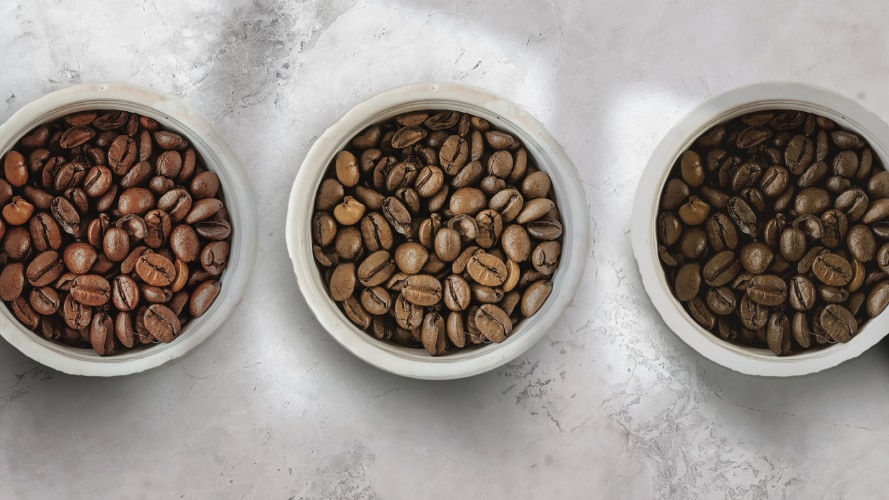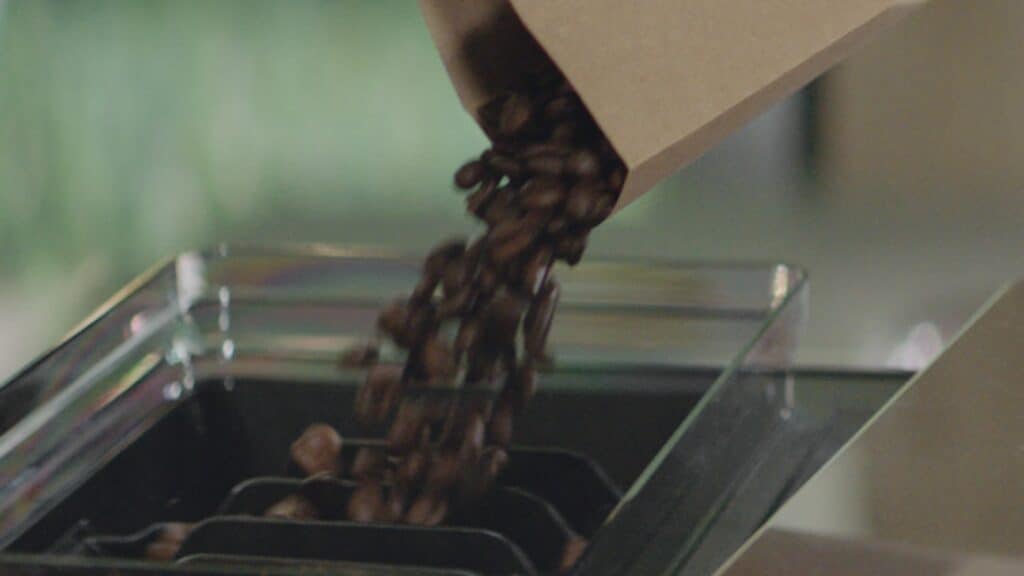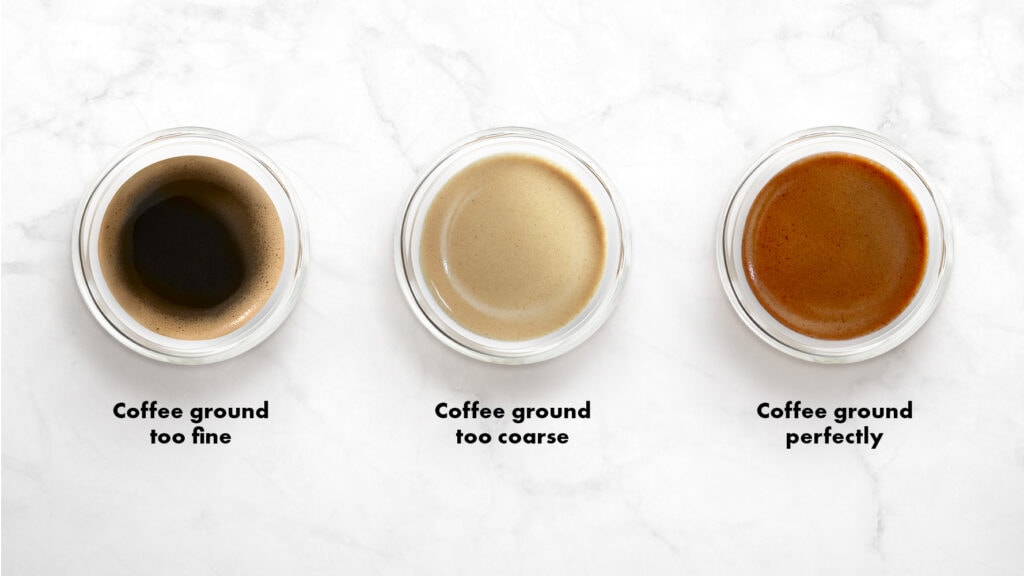- Beans & Roasters
- Sydney Coffee Lounge
The best coffee experience starts here
- Education
The best coffee experience starts here
- Magazine
- Recipes
- About us
The best coffee experience starts here
The best coffee experience starts here

Bean culture

Grinding is a crucial step in making the perfect cup of coffee at home. It transforms roasted coffee beans into a flavorful powder. For the best espresso, use freshly ground beans, as 50% of the aromas disappear within fifteen minutes of grinding. Achieving the ideal grind level depends on the roast and even the coffee bean’s characteristics.

The grind level should be coarse, medium, or fine based on the roast:
The roast level also affects acidity and bitterness, influencing the compatibility with milk. Darker roasts with lower acidity and stronger bitterness go well with milk, enhancing sweetness. Lighter roasts with more acidity and less bitterness may not pair as well with milk.
The coffee’s botany, like cultivation altitude, is influential. High-altitude varieties like specialty and lightly roasted 100% Arabica beans are denser and better suited for finer grinding. Blends with dark-roasted Robusta beans from lower-altitude regions benefit from coarser grinds.

De’Longhi offers solutions for grinding beans at home. Fully automatic machines, like the PrimaDonna Soul, feature Bean Adapt Technology. It sets the grind size and brewing parameters based on the bean type, roast, and user feedback. This ensures a perfect extraction that preserves and enhances all the coffee aromas. In addition, the Adaptive Grinding Technology on machines like Maestosa and PrimaDonna Soul controls the grinding for your preferred coffee blends to optimise flavour extraction.
Manual machine options, such as La Specialista Maestro, have Sensor Grinding Technology. It brews coffee perfectly with the right dose of ground coffee. The unique grinding sensor adjusts the coffee dose when the grinder setting changes, ensuring consistency and delivering the same dose of coffee. With up to eight grind settings, users can personalize their choice based on the type of beans used.
Tips for an Ideal Grind:

Grinding coffee beans is the first step in the art of creating perfect espresso at home. The next step? Tamping.


Testo vario
Join us
Policies
Support

